A fish-inspired fuel cell concept could provide a cost-effective alternative to batteries in underwater vehicles.
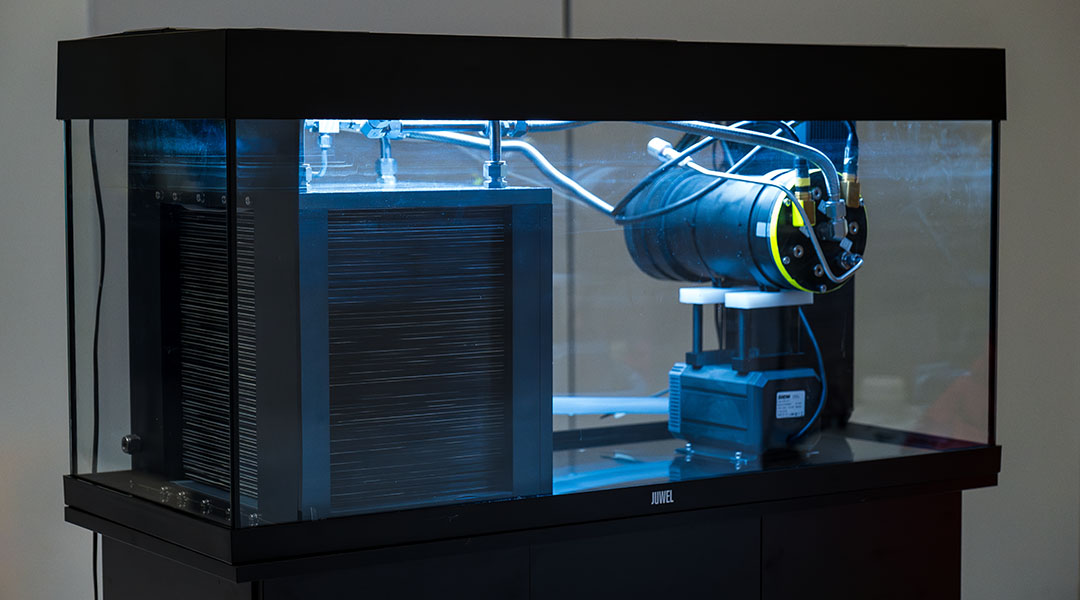

A fish-inspired fuel cell concept could provide a cost-effective alternative to batteries in underwater vehicles.
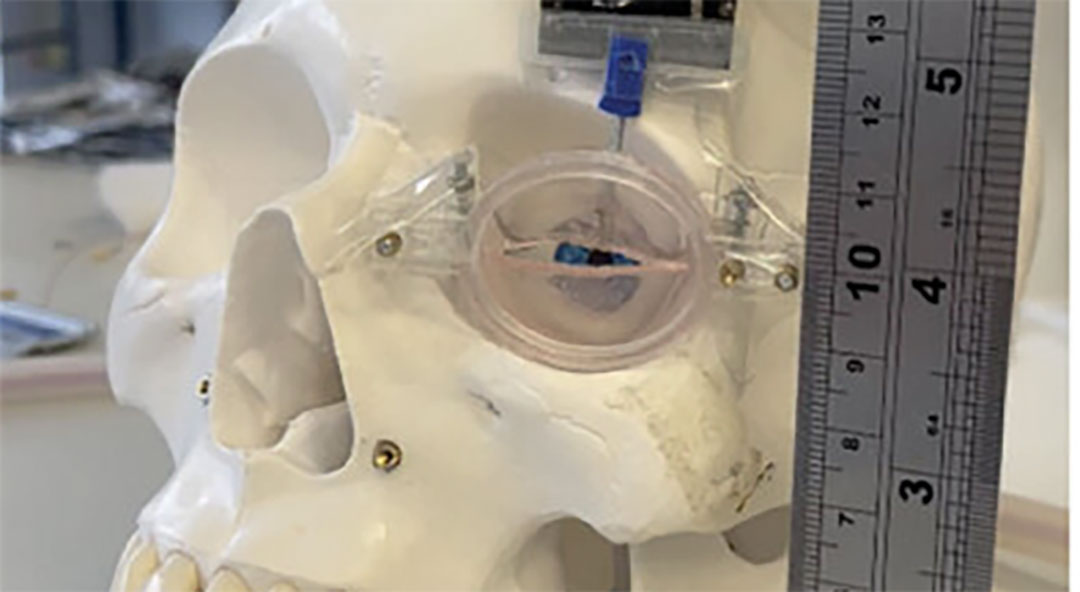
A soft implant could avoid multiple surgeries and long waiting times while improving the living conditions of facial paralysis sufferers.
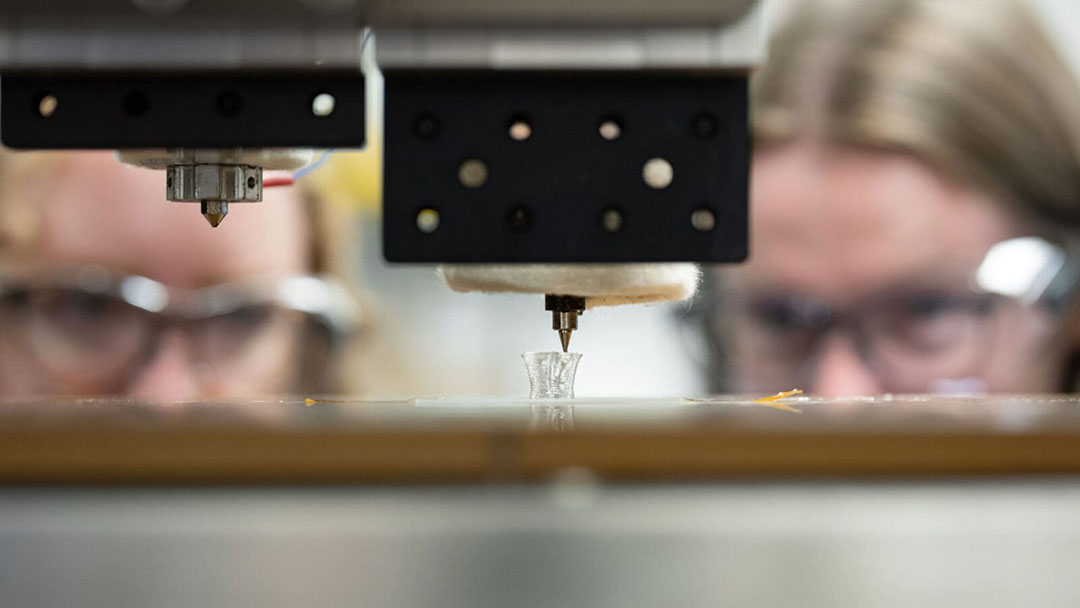
A 3D printing technique creates recyclable plastics with adjustable flexibility and strength for soft robots and medical devices.
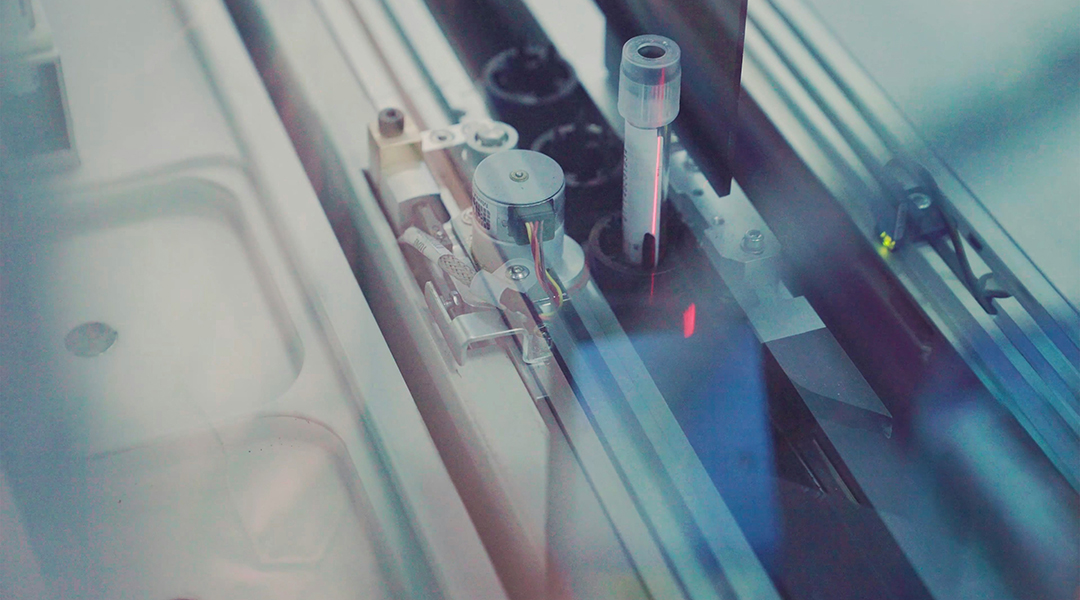
AI might be fast and efficient, but scientists still don’t know whether integrating it with cloud-based labs will be worth the rewards.
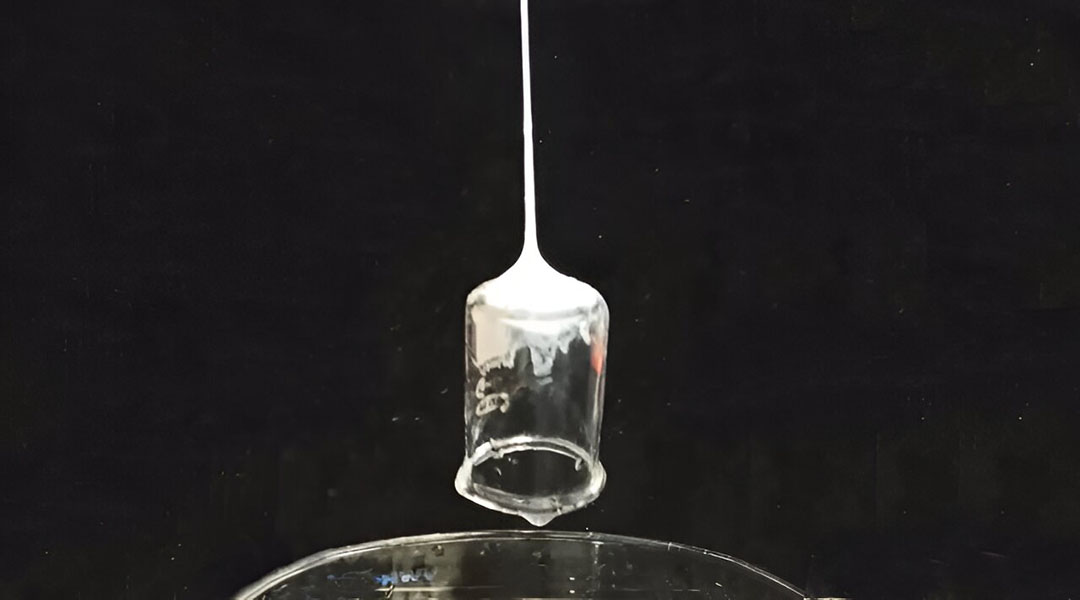
With great power comes great responsibility—even for real-life, superhero-inspired web-slinging tech!
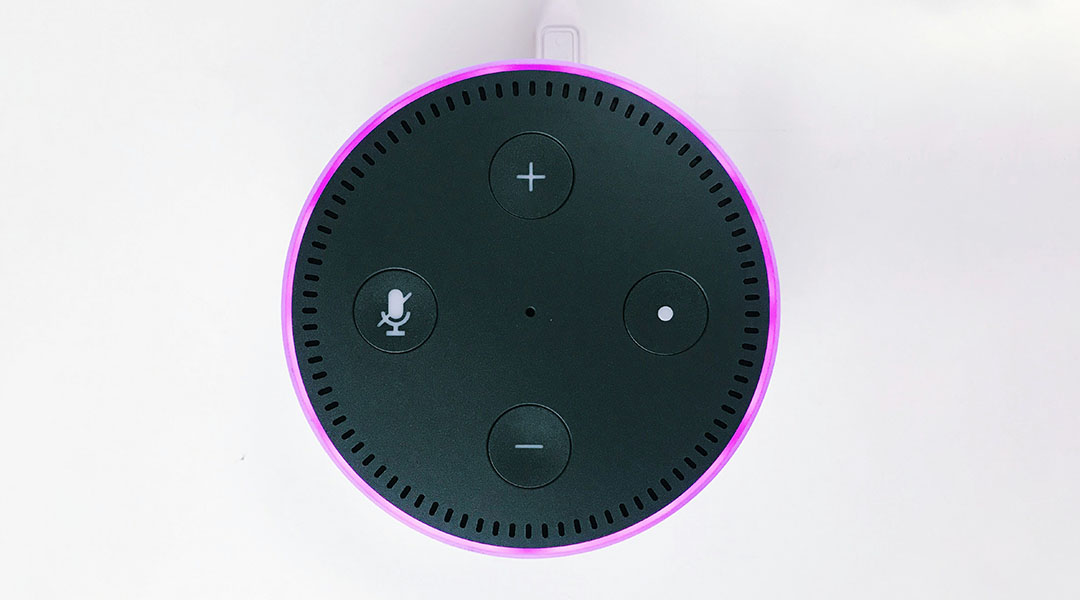
Scientists explored whether evidence backs up the growing belief that voice assistants like Alexa can alleviate loneliness, especially in the elderly.
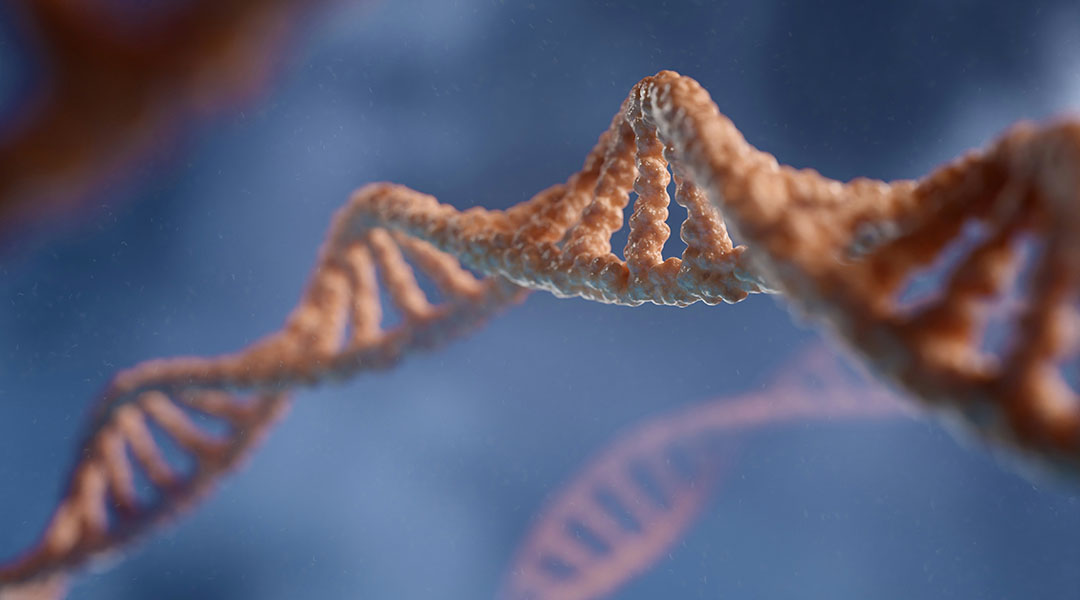
Scientists uncover how the complex interactions between nucleosomes influence DNA’s organization in chromosomes.
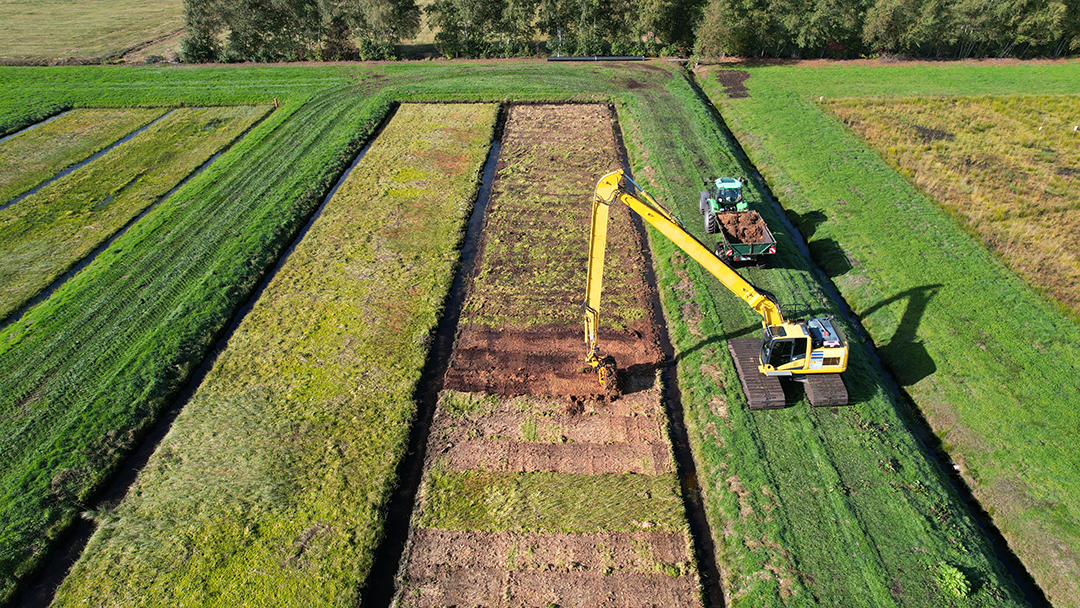
Scientists are reviving lost wetlands using paludiculture, blending ecology and economy to combat climate change and restore biodiversity.
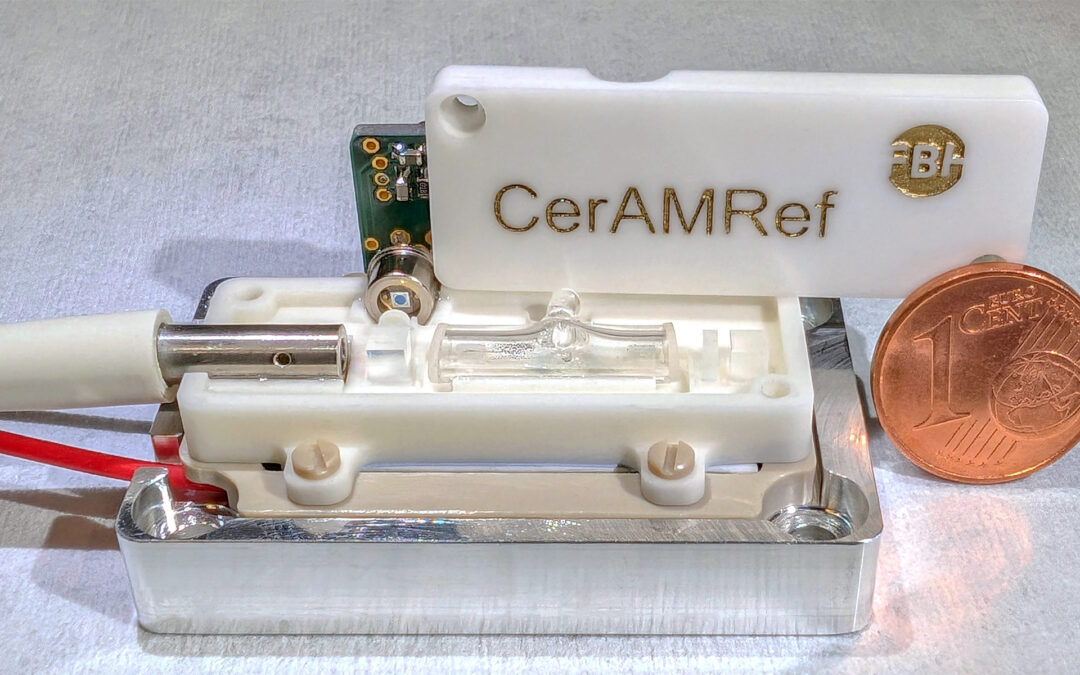
3D-printed ceramics enable smaller, more stable quantum devices for applications in quantum computing, sensing, and communications.

Scientists have optimized nanodiamond sensors, with potential breakthroughs in electronics, medicine, and quantum tech.